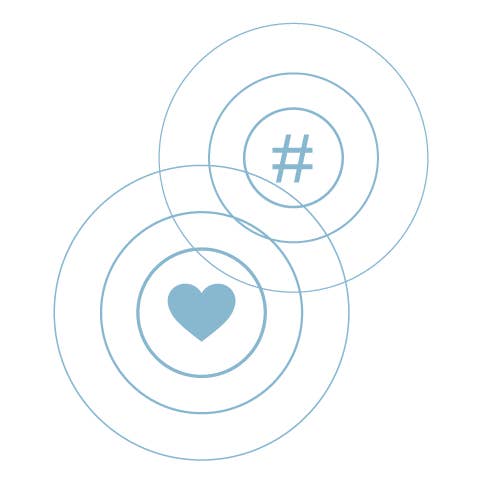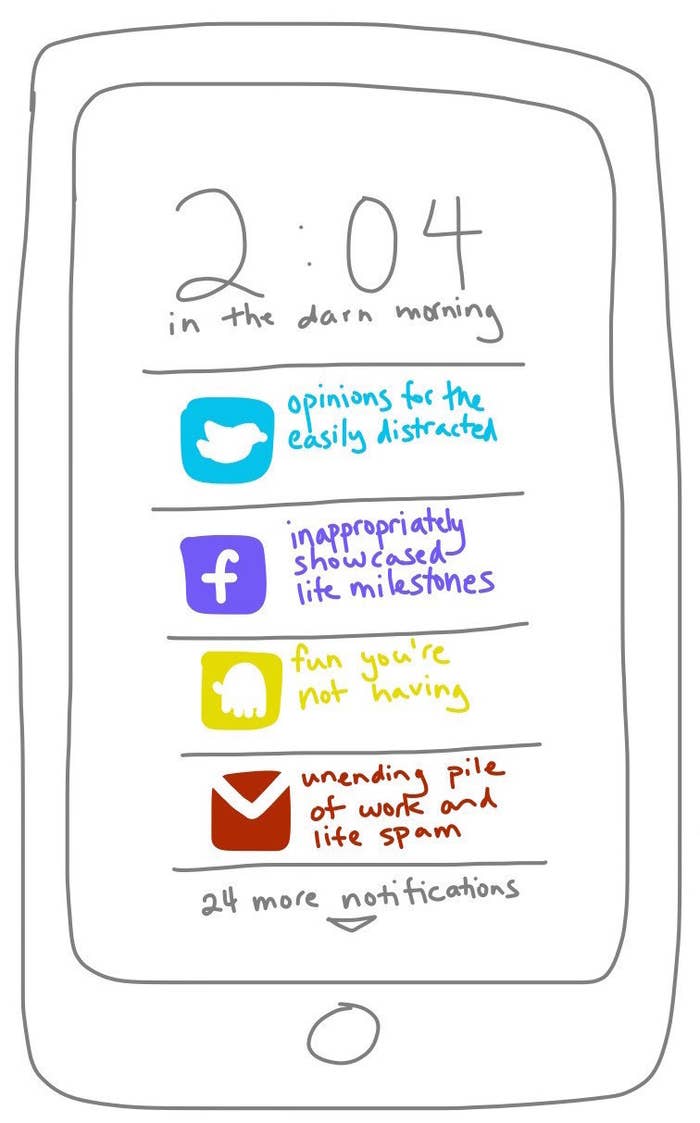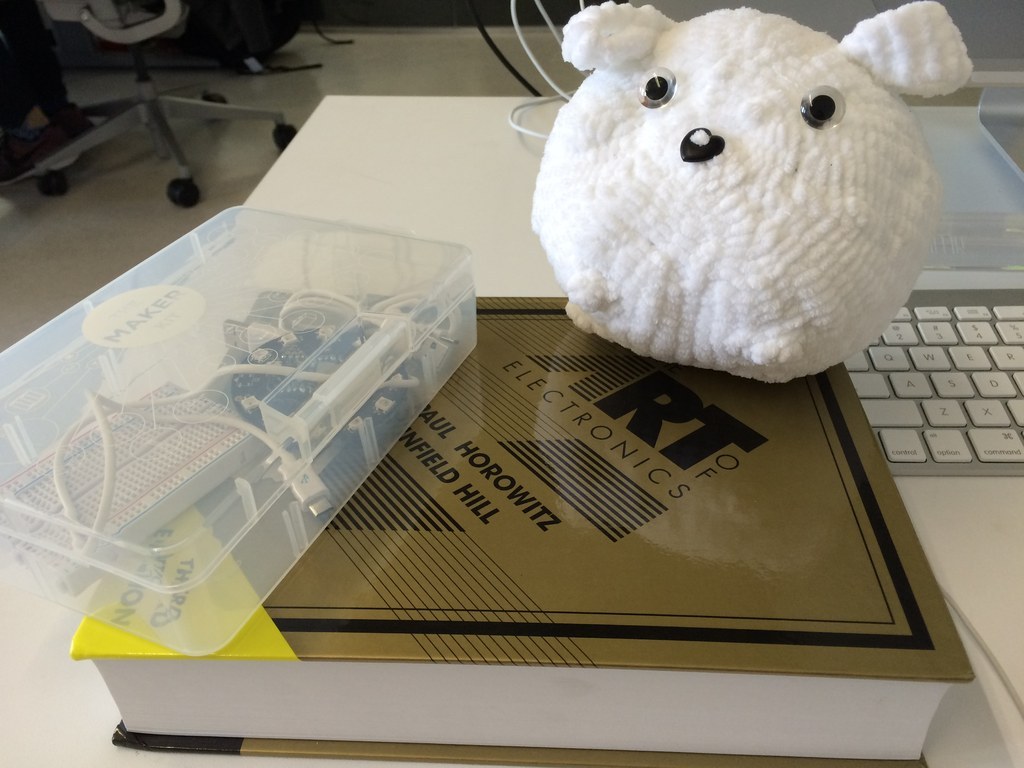
In the hour it took me to draft this post, people sent over 2 million tweets, 4 million Facebook status updates, and 12 billion emails. If you live in a world with that much online communication, you probably scan your email with brutal efficiency, dispassionately review eighty tweets a day, and browse reddit with all the slack-jawed emotion of a hungover sloth. Most likely, the biggest emotional reaction someone gets out of you via the internet is a quiet chuckle. LOL is a bold-faced lie.
And that's only natural. We have become inured to a flood of notifications and newsfeeds. We have gotten used to communicating with other people without feeling their presence, deeply, next to us. But our relationship with technology is strangely polarized. We spend hours on our laptops and phones and then ban them during dinner, or "unplug" on a hike or camping trip where technology just won't work.

We've managed to create technologies that are interactive and easy to use. We've managed to make systems that notify us, obsessively. But we have yet to focus on technology that connects with us emotionally -- technology that engenders deep psychological trust and partnership through its interaction, or systems that grow and aide the psyche rather than just fulfilling our tactical needs. Hence, we abscond to the woods. Considering how good we feel when we finally do laugh or smile or hug, considering how nice it occasionally feels to "unplug" and feel directly connected to another human, I'd say we need software with sensitivities, not just services.
This is what I intend to develop this year.
It is hard to imagine what emotionally-connected technology would even look like. An object that you love? Or that represents the love of someone you care about? Or that truly makes you feel?
These objects already exist. Watch a child with a favorite teddy bear or goldfish, or a couple's regard for their wedding bands. These are simple objects, with complicated meanings. We create narratives and memories, and we anchor them to an object that becomes a totem, a familiar, a ritual. Nothing is special about a teddy bear. But there is something special about the way a child plays with her favorite toy, using it to play-act and understand the surrounding world. Nothing is special about a circle of metal. But there is something special about how long my parents have been together, and how they still clean and care for their rings.
For the last year and a half, I've been working in the world of IoT. The Internet of Things is still a developing field, based around the concept that machines can speak to other machines through the internet and make our lives easier. If I want my coffee to be ready when I wake up, my IoT coffee maker can talk to my Google Calendar and start making my coffee an hour before my first appointment. We can make products that are smarter, and by this we mean objects that make our lives more convenient.
Some internet connected devices really make for seamless interactions. Others simply replace switches the wall with buttons on our phones, or they provide creative notifications. But overall, they are more interested in the "Internet" than the "Thing." The things are often designed to relay to our phones, to other screens, to lights, or to entirely new objects to which we have no inherent attachment. The connected toys we build are often restrictive of play or downright creepy. (Occasionally, they are both.) I sometimes call this the Sky Mall design era for IoT. We're making things that are cool, but they don't mean much to us. They don't emotionally connect us to other people or to ourselves. They do not anchor narratives or leave room for emotional attachment. Plus, they are problematic in terms of data privacy and ownership.
In some ways, emotionally connected smart objects can only be designed in an open source environment. Not only do we need the checks and balances of a community to make sure the design is responsible, but we also need to design for data safety. Few things are more private and crucial than our emotional states and narratives.

At the Open Lab this year, I plan to create internet connected objects that subtly and ambiently make us aware of emotion and connection.
I will use technology to encourage rather than restrict play, narrative, and connection.
I will use technology to encourage kids and adults in ambient rather than concrete ways.
I will design things that people can make at home or at least dismantle and inspect. My work is free and open source, so I'm designing toys parents can make or that kids can participate in creating, with inputs that don't involve surreptitious voice or video recording.
I'm hoping to use the internet to relay rather than store data, to connect with humans you know or to encourage personal narrative around simple objects. Your data belongs to you.
I'm hoping to create objects that improve and mediate physical and emotional health.
And in a perfect world, I'm hoping to create objects that grow with you, that kids can personalize and hack as they (and their skills) grow. Objects that could change form but retain attachment and meaning, like a scrap of a baby blanket encased in a locket. Physical representations of personal narrative.
That's me. I'll keep you posted. I can't promise I'll make you laugh, cry, smile, or feel, but I'll try to make technology that can.


